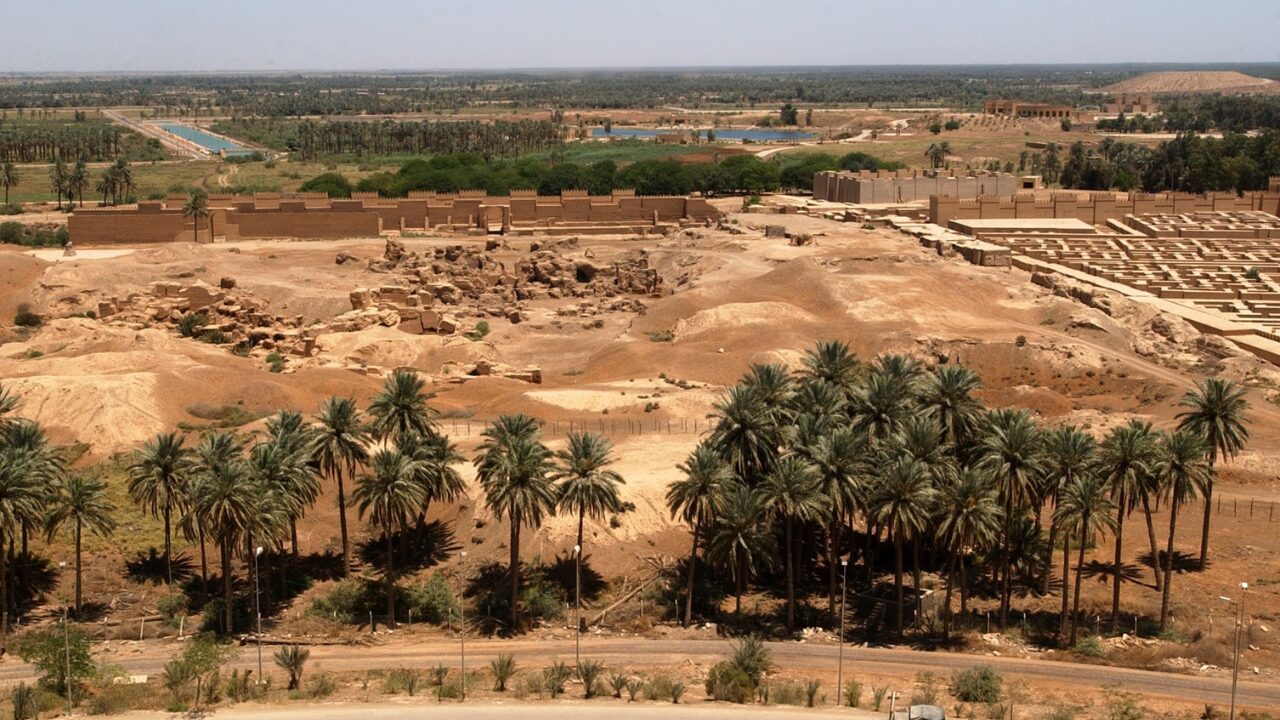Date first published: 22/04/2025
Key sectors: all
Key risks: regional war; disarmament
Risk development
On 7 April reports emerged that several Iran-backed Shi’ah militias were considering disarmament following United States (US) warnings to the Iraqi government that failure to dismantle could lead to targeted airstrikes. Militias reportedly received tacit approval from Tehran’s Islamic Revolutionary Guard Corps (IRGC) to pursue this path. Prime Minister Mohammed Shia al-Sudani is leading “advanced talks” with militia leaders to bring all weapons under state control, possibly by integrating the groups into the Iraqi Security Forces (ISF) or transitioning them into political parties.
Why it matters
The talks mark the first significant sign of militia willingness to respond to longstanding US pressure to demilitarise. This shift came amid broader setbacks for Iranian proxies since 7 October 2023. On 8 April a senior Hizbullah official stated that the group was willing to discuss disarmament in Lebanon, while Yemen’s Huthis have been further degraded by recent US airstrikes targeting their assets.
On 9 April it was reported that Tehran’s IRGC Aerospace Force had recently transferred long-range missiles to proxy groups in Iraq. The deliveries include surface-to-surface missiles with a range extending to Europe, as well as shorter-range Quds 351 cruise and Jamal 69 ballistic missiles. While supplying weapons to militias expected to disarm may appear contradictory, it reflects Iran’s effort to preserve deterrence amid rising tensions. By maintaining the capacity for retaliation, Tehran aims to deter potential Israeli or US strikes on its territory. This strategy is particularly relevant in light of a New York Times 16 April report, which revealed that US President Donald Trump had dismissed Israeli proposals to target Iranian nuclear sites, instead opting for diplomacy.
Background
Militias under the Islamic Resistance in Iraq (IRI) – a network of about ten hardline Shi’ah militias with around 50,000 fighters – are equipped with long-range missiles and anti-aircraft systems. Although formally under the Popular Mobilisation Forces (PMF) since 2016, Iran-backed militias retain significant autonomy and answer to the IRGC, bypassing the formal command structure. Iran also uses its influence to marginalise non-aligned PMF, undermining Iraqi sovereignty. Furthermore, senior PMF leaders often carry out operations without the approval of the prime minister, formally the Commander-in-Chief of all Iraqi security forces. The IRGC’s Quds Force supported the IRI attack that killed three US service members on 28 January in the north-east of Jordan.
Since the start of the Gaza war in October 2023, Iraq-based militias have carried out dozens of drone and rocket attacks against Israeli and US forces. In response, US officials have issued repeated warnings to the Iraqi government since January, leading some groups to scale back activity and evacuate headquarters in Mosul and Anbar to avoid airstrikes. Many commanders have also increased security by frequently changing phones, vehicles and residences.
Risk outlook
Developments concerning the Iran-backed militias’ disarmament may be overstated, with at least two groups publicly denying plans to disarm. On 24 March the parliament held its first reading of a revised PMF law, aiming to better integrate the force into the state’s security structure. However, two US congressmen have proposed the bipartisan “Free Iraq From Iran Act”, calling for the dismantling of the PMF and threatening to cut US security aid unless Iran-backed groups are disbanded. Iran is likely to ensure the militias remain quiet but well-armed and operational, maintaining them as a strategic deterrent in the event of any future US or Israeli attack on Iranian territory or interests.

